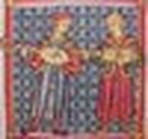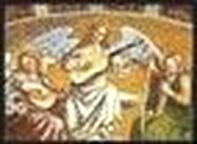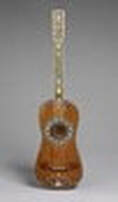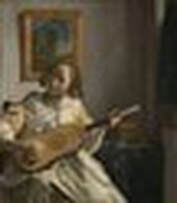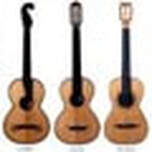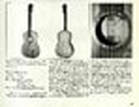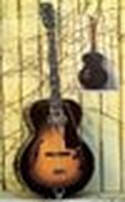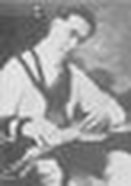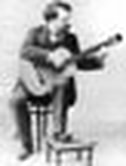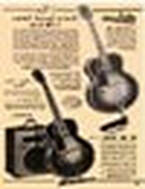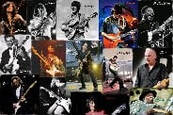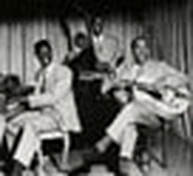History of the Guitar
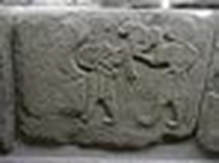
Guitars have a distant relation to instruments from ancient central Asia and India, including the tanbur, the Setar, and the sitar. The oldest known image and representation of an instrument displaying the essential features of a Guitar is a 3,300-year-old stone carving of a Hittite bard. The most aged known Guitar-like instrument was found in Ancient Egypt. It is said to have been used by Har-Mose, a singer to the Egyptian queen Hatshepsut. This guitar can be seen today at the Archaeological Museum in Cairo, Egypt.
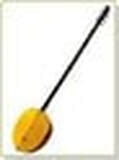
The Greeks also used a Guitar-like stringed instrument called Tanbur or Tranobur, which crossed Mediterranean trade routes and got adopted by the Romans, who referred to it as Chitara. While the Greek instrument’s popularity increased across the Middle East, the Romans incorporated the Chitara into their culture. They travelled through Portugal and Spain with it.
6 - 9th Century
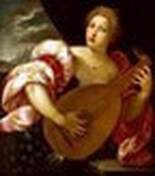
The lute and the oud emerged during this period as predecessor instruments to the Guitar. The lute was brought into Europe between the 6th and the 9th century in varied forms by the Eastern Roman empire. It was an instrument favoured by early medieval and renaissance musicians. The body of the lute is oval with a rounded back and has four strings which are plucked rather than strummed. The build of the lute makes it a subdued instrument sound-wise; hence you could not play it in any band setting.
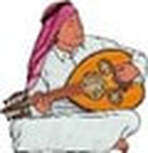
The Oud, a four-stringed instrument that shared ancestry with the lute, appeared in Europe following the Moor (Arab) southern Spanish invasion of the 8th century. Like the lute, the Oud had a rounded body but a smaller neck with no frets.

